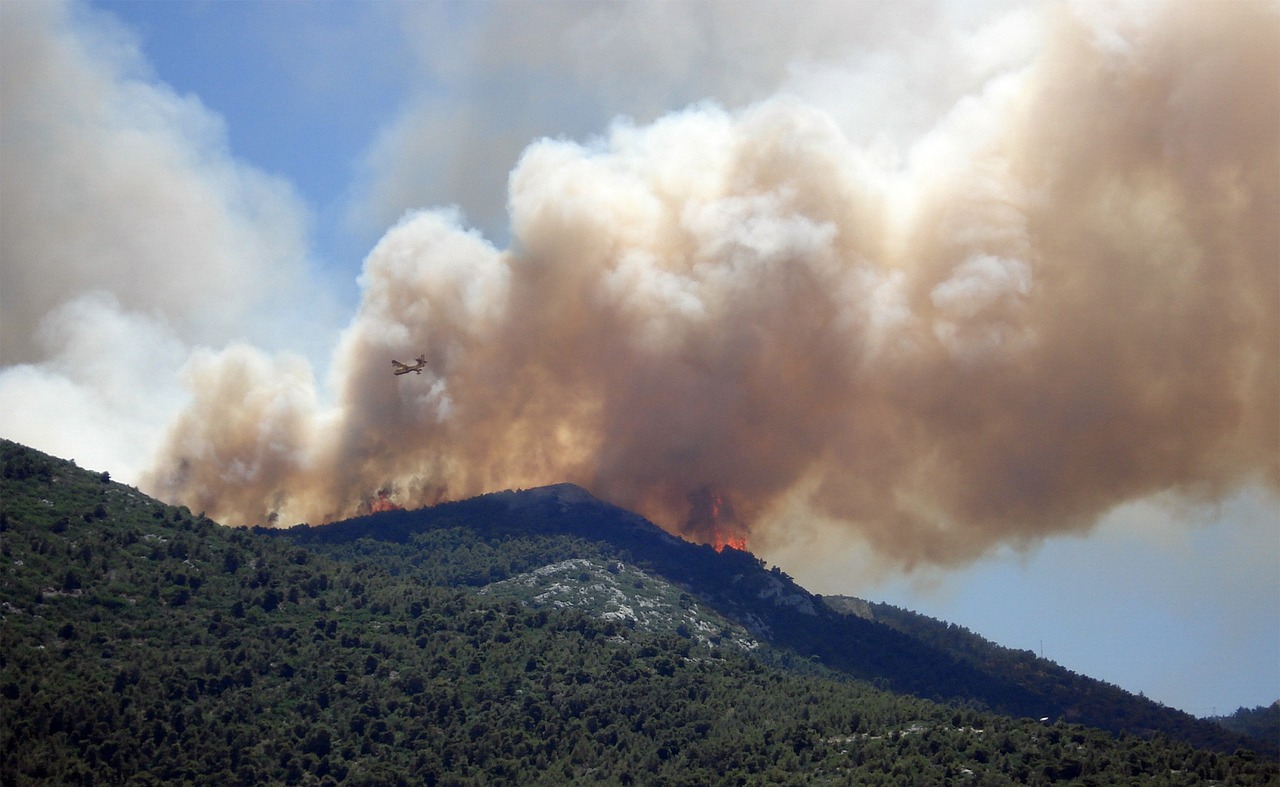
By Debbie Bunch
June 16, 2025
Long-Acting Antibody Cuts Bronchiolitis Hospitalizations for Infants Under Six Months of Age
European researchers have found that just one dose of a long-acting antibody known as nirsevimab can nearly halve the number of young infants who require hospitalization for bronchiolitis.
The finding came from a review of data on children treated at 68 hospitals in Catalonia, which is part of Spain, one in Italy, and four in the U.K. Children in Catalonia had access to the drug, which has been approved by the European Union to prevent lower respiratory tract infections caused by the respiratory syncytial virus (RSV) during the first year of exposure. Those in Italy and the U.K. did not.
Overall, 1,574,392 emergency department visits (96,028 for bronchiolitis) and 255,689 hospital admissions (27,691 for bronchiolitis) in the 2023-2024 season were analyzed.
In Catalonia, which recommended nirsevimab for all infants born on or after October 1, 2023, as part of the infant immunization program and made the drug available free of charge, bronchiolitis hospitalization for infants under the age of six months dropped by nearly 50% compared to the typical rate of hospitalizations seen in other bronchiolitis seasons. Fewer infants also visited the emergency department.
Children between six and 23 months also benefited, but their response was less robust.
No significant differences in bronchiolitis hospitalizations or emergency department visits were seen in the five other European centers where nirsevimab was not administered.
The authors believe these results represent an important first step in assessing the effectiveness of new preventive strategies against RSV and call for larger, internationally coordinated studies to assess the economic sustainability of introducing nirsevimab on a large scale.
The study was published by The Lancet Regional Health – Europe. Read Press Release Read Full Paper

COPD Patients Have Greater Carbon Build-up in Their Alveolar Macrophages
Not every person who smokes will develop COPD. What makes the difference? British researchers who took a deeper dive into alveolar macrophage cells offer a new clue.
The study involved lung tissue samples taken from patients undergoing surgery for suspected lung cancer, but none of the samples used in the study had cancer cells. Among the participants, 28 had COPD and 15 were smokers without COPD.
When the investigators examined the samples under a microscope, they found more than three times the amount of carbon in the alveolar macrophage cells of those with COPD vs. smokers without COPD.
These cells were consistently larger than cells with no visible carbon accumulation as well. Worse lung function was seen in those with more carbon accumulation compared to those with less.
When the researchers exposed macrophages to carbon particles in the lab, the cells grew even larger and produced higher levels of inflammatory proteins.
“As we compared cells from COPD patients with cells from smokers, we can see that this build-up of carbon is not a direct result of cigarette smoking,” said study author Dr. Simon Lea. “Instead, we show alveolar macrophages in COPD patients contain more carbon and are inherently different in terms of their form and function compared to those in smokers.”
Why do the alveolar macrophage cells in COPD patients have more carbon? The researchers speculate that people with COPD may be less able to clear the carbon they inhale. They also suggest that these patients may have had greater exposure to particulate matter from various sources, leading to a greater accumulation of carbon.
The authors call for additional research to focus on how carbon builds up in these cells and how lung cells respond over the long term.
ERJ Open Research published the study. Read Press Release Read Abstract

Health Effects of Wildfire Smoke Last Longer Than You Think
In what is thought to be the first study to examine the medium-term health effects of wildfire smoke and comprehensively assess its impact on all major types of cardiovascular and respiratory diseases, researchers from the Icahn School of Medicine at Mount Sinai and Harvard T.H. Chan School of Public Health have found that problems can persist for up to three months.
Previous studies have suggested that the effects of wildfire smoke ease up after only a couple of days.
“Wildfire activity in the United States has increased substantially over the past few decades, resulting in an increase in emissions that have begun to reverse decades of air quality improvements,” said study author Yaguang Wei, PhD, assistant professor of environmental medicine at the Icahn School of Medicine. “Even brief exposures from smaller fires that last only a few days can lead to long-lasting health effects.”
The researchers examined 13,755,951 hospitalizations for cardiovascular diseases and 7,990,910 for respiratory diseases among residents of all ages across 15 U.S. states between 2006 and 2016, then linked these cases across time and location to smoke-related particulate matter (PM2.5) exposures.
While three-month exposure to smoke PM2.5 was associated or marginally associated with increased risk of hospitalization for most of the cardiorespiratory diseases included in the study, hypertension showed the most significant increase in hospitalization risk.
A novel self-controlled design within a cohort framework was employed for the study to mimic a quasi-experimental study, which the investigators believe improved the reliability of the findings.
The researchers note that smoke PM2.5 is smaller in size and is considered more dangerous than non-smoke PM2.5, mainly because it is richer in carbonaceous compounds, which are more likely to induce oxidative stress and inflammation and thus pose a greater threat to public health.
The study was funded by the National Institutes of Health and published by Epidemiology. Read Press Release Read Abstract








